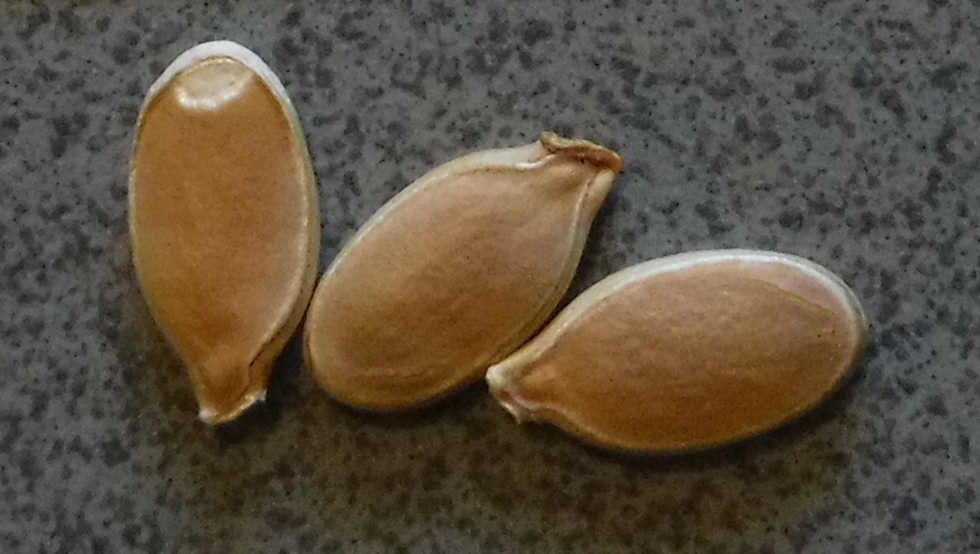| |
|
Entry Date
|
Nick Name
|
Location
|
|
Thursday, October 10, 2024
|

|
Matt D.
|
Connecticut
|
 |
Entry 113 of 116 |
 |
|
|
|
8. Seed Selection
Every grower has their own theories when it comes to seed selection for next year. There are many quality seeds that may never get planted so any giant pumpkin seed with a quality lineage is worth consideration.
General theories
Big x Big = This is where growers are looking for seeds from two big pumpkins are bred together in hopes of keeping the genetics of big pumpkins into future offspring.
Plant the Winner = Idea here, is that if the pumpkin is a genetic standout, at least half of those genes should be present in the seed.
Look at the Pollinator = When looking at a pumpkin, you are only looking at half the genetics and the pollinator must be considered as it influences the resulting offspring. What traits are more impacted by the pollinator are up for some debate, but it seems like color can be impacted by the pollinator.
Plant Proven Seeds = All seeds start out unproven and someone has to be willing to take the chance in order for it to have a chance to become proven. So, there are some grower�s names that have had success in the past so growers are typically not as reluctant to plant unproven seeds if the grower is proven. This does skew the data.
Hybrid Vigor = This idea is centered around breeding two different lineages together in hopes that the combination will be better than any of the previous generation. Botanically to get this each lineage would have to be selfed for about 7-9 generations.
Look at the Offspring = Yes, this does seem obvious but consider: Did the offspring set a new personal best for the grower? Was the offspring big for the area it was grown in? Was it pollinated late and still grew large?
In the end plant a seed that you want to grow as you will be spending quite a bit of time with it so make sure you are excited to grow the seed and you are growing simply because it seems to be the �hot� seed.
Unraveling the genetic basis of hybrid vigor: https://www.pnas.org/doi/epdf/10.1073/pnas.0605627103
|
|
|



